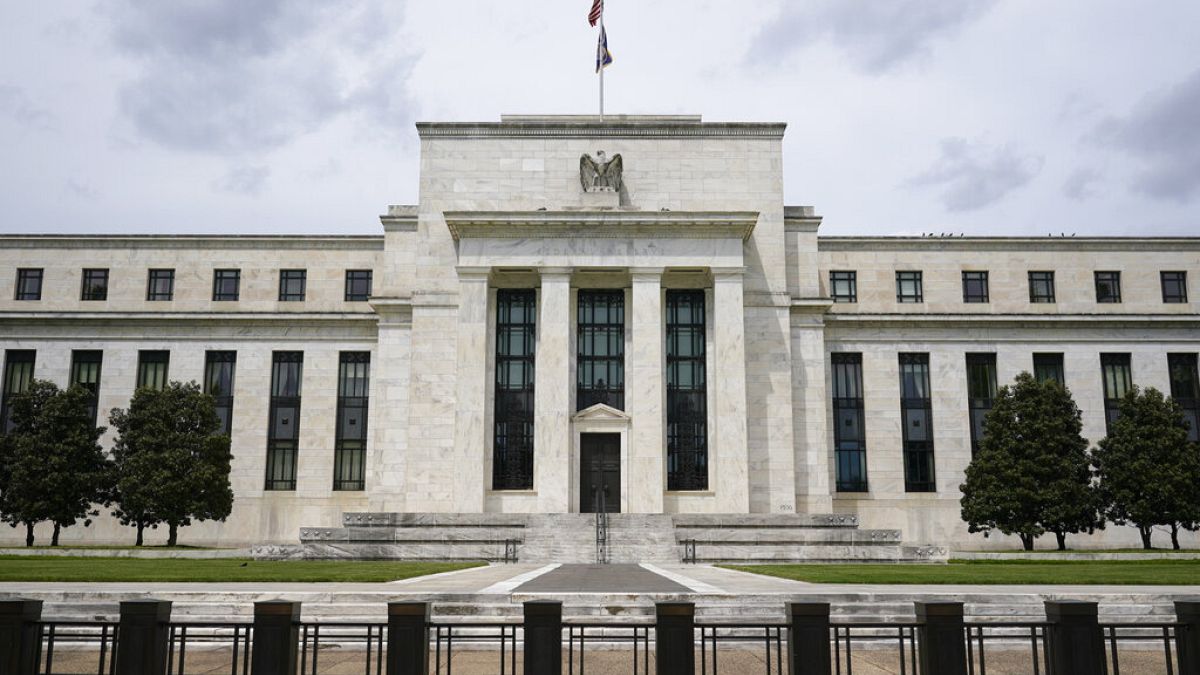The US economy saw the most job increases in the government, healthcare and leisure and hospitality sectors
US non-farm payroll numbers for December 2023 came in on Friday, with the US labour market having added about 216,000 new jobs, more than 173,000 in November, as well as higher than analyst estimates of 170,000.
This was mainly led by the government sector, which saw an increase of 52,000 jobs, as well as the healthcare sector, with 38,000 additional jobs. Leisure and hospitality added 40,000, with construction adding 17,000 and social assistance, 21,000.
On the other hand, warehousing and transportation saw a dip of about 23,000. Other big industries such as quarrying, manufacturing, trade, financial activities, wholesale, oil and gas and mining, among others, remained mostly flat with negligible changes.
In 2023, the total number of jobs added was about 2.7 million, the smallest increase since pre-pandemic levels in 2019. This came up to an average of about 225,000 new jobs a month, with the government sector seeing 55,000 a month.
The leisure and hospitality sector saw an average of about 56,000 per month, quite a step down from the monthly average of 88,000 back in 2022, with sector-wide employment still struggling considerably to climb back up to pre-pandemic levels.
Are interest rates coming down?
With the labour market still being relatively tight, this may be a key indicator that the US Federal Reserve looks at while considering its future monetary policy decisions. The US Federal Reserve also seems to now be more inclined towards cutting rates, as indicated in the FOMC minutes released on Wednesday.
The central bank has highlighted its concerns about what impact an “overly restrictive” monetary policy may have on the US economy in the longer term, after several months of aggressive rate hiking to bring soaring inflation under control. These concerns are mainly to do with slowing economic growth and pushing the US economy closer to the brink of recession.
This is quite a shift from the central bank’s previous stance, when it insisted it was waiting for more convincing proof of falling inflation and kept dismissing any suggestions of upcoming rate cuts.
However, exactly when and by how much rates would be cut has not been revealed yet, with the bank hinting that it may still take a little while and that, for the short-term at least, it was comfortable maintaining its current approach. This approach is set to continue until the bank can be absolutely sure of inflation falling sustainably.
Other major central banks, on the other hand, such as the European Central Bank (ECB) remain unconvinced about a rate cut. With both French and German inflation still rising, speculations of European rates being cut soon have been increasingly waning. The ECB has also consistently warned of the dangers of cutting interest rates too soon or too much, without solid proof of inflation being under control.
The Bank of England has taken a similar stance as the ECB, with governor Andrew Bailey saying that it was “still too early to be thinking of rate cuts” at the end of 2023.



